
The canine parvovirus (CPV)
infection is an acute, highly contagious viral disease that affects dogs. CPV
has a tendency to attack rapidly reproducing cells, such as those lining the
gastrointestinal tract. CPV affects dogs of all ages, but the majority of cases
are seen in puppies that are between six weeks and six months old. Doberman
Pinschers and Rottweilers appear to acquire the infection more readily and
experience more severe symptoms. The reason for lower resistance in these
breeds is unknown.
This virus manifests in two
different forms.
- Intestinal form - more common
- Cardiac form - less common
Transmission
CPV is transmitted either by
direct contact with an infected dog, or indirectly, by the fecal-oral route.
The virus sheds in large
amounts in the stools of acutely infected dogs for up to several weeks
following infection. This virus can be carried on the dog’s hair and feet, as
well as on contaminated crates, shoes, and other objects. When the dog licks
the fecal material off hair, feet, or anything that came in contact with
infected feces, he acquires the disease.
Clinical
signs
Intestinal form:
- Anorexia- Loss of appetite
- Lethargy
- Fever - 106°F
- Vomiting
- Severe bloody diarrhea
- Heavy weight loss
- Dehydration
- Mucous membranes become red
- Abdominal pain or discomfort on palpation
- Increased heart beat
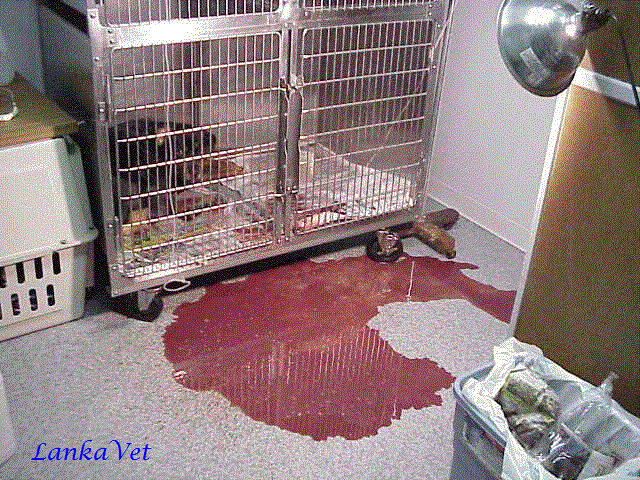
Cardiac form:
- Attacks the heart muscles of very young puppies
- Sudden death
- Crying, difficulty in breathing, gasping for breath
- Extreme depression
- Weakness
- Unwillingness to nurse
- Irregular heartbeat
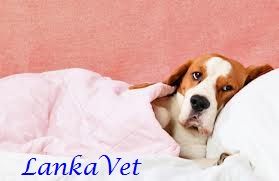
Diagnosis
It is based on;
- Physical examination of clinical signs
- Biochemical tests
- Urine and fecal analysis
- Abdominal radiographs
- Abdominal ultrasounds
Treatment
No treatment found as the
disease is a viral infection. Supportive treatment is focused on curing the
symptoms and preventing secondary bacterial infections.
- Intravenous fluid and nutrition therapy is crucial in maintaining normal body fluid after severe diarrhea and dehydration
- Antiemetics – to stop vomiting
- H2 Blockers to reduce nausea
- Antibiotics – to counteract secondary bacterial infections
- Anthelmintics – to kill intestinal worms
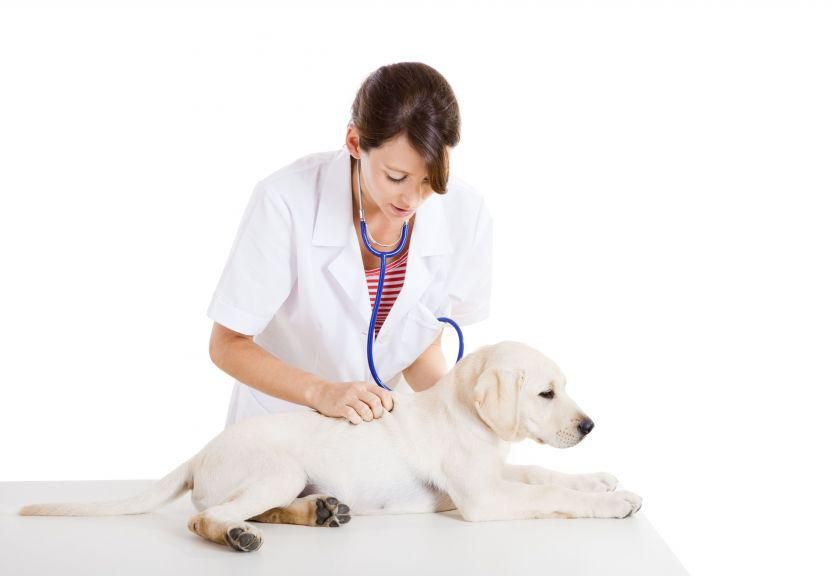
Management
after recovering
Even after your dog has
recovered from a CPV infection, it will still have a weakened immune system,
and will be susceptible to other illnesses. Therefore; you should boost your
dog's immune system. A diet that is
easily digested will be best for your dog while it is recovering.
 Your dog will also continue to
be a contagion risk to other dogs for at least two months after the initial
recovery. You will need to isolate your dog from other dogs for a period of
time. Wash all of the equipments that your dog uses (e.g., dishes, kennel, toys)
with non-toxic cleaners. Recovery comes with long-term immunity against the
parvovirus, but it is no guarantee that your pet will not be infected with the
virus again.
Your dog will also continue to
be a contagion risk to other dogs for at least two months after the initial
recovery. You will need to isolate your dog from other dogs for a period of
time. Wash all of the equipments that your dog uses (e.g., dishes, kennel, toys)
with non-toxic cleaners. Recovery comes with long-term immunity against the
parvovirus, but it is no guarantee that your pet will not be infected with the
virus again.
Prevention
Thoroughly clean and disinfect
the cages of infected animals. Parvo is an extremely hardy virus that resists
most household cleaners and survives on the premises for months. The most
effective disinfectant is household bleach in a 1:32 dilution. The bleach must
be left on the contaminated surface for 20 minutes before being rinsed.
Vaccinations:
· Start
by 6 weeks of age,
During the first weeks of life, puppies are
protected by high levels of maternal antibodies. As these levels decline
gradually, from 2-4 weeks puppies are more susceptible to infection.
· Booster
vaccination is given at 12 weeks of age and thereafter, annual re-vaccination should
be given.
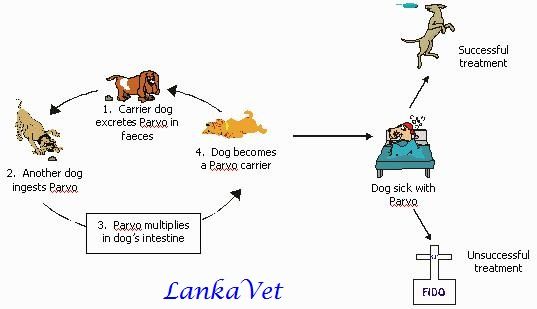
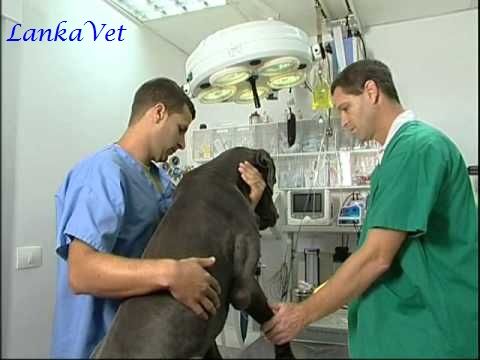
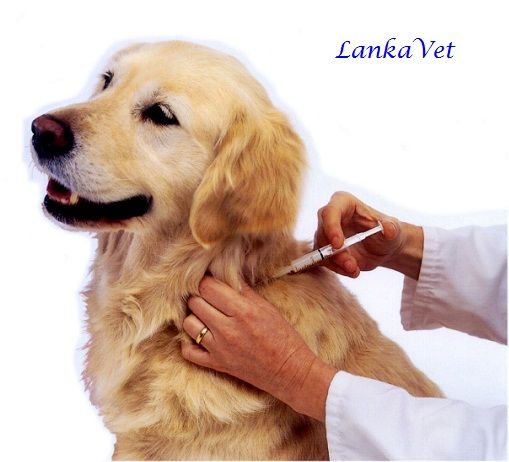
No comments:
Post a Comment